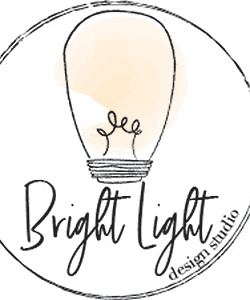Most of us have probably experienced the times when we were so engrossed in an activity that what seemed like just a few minutes was actually several hours. Listening to a concert, skiing down a mountain, or making art captures our attention to the point that we can become lost in the activity of creation and our internal critic can be momentarily silenced. It is in these moments that we are tapping into what Mihaly Csikszentmihalyi calls “flow”. For most creatives, flow is something that we seek, yet it sometimes can be quite elusive. While it may seem like this ephemeral state is something that is by chance or pure luck, Csikzentmihalyi argues that it is structure that actually creates flow.
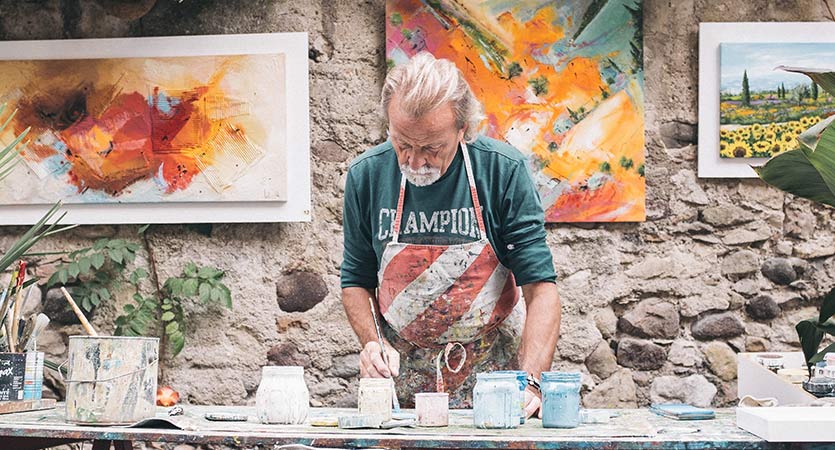
In his book, Flow, Csikzentmihalyi outlines five ways to create this flow state in any activity, but these principles certainly apply to creating art. Below are Csikzentmihalyi’s five principles along with some ideas on how the principles could be applied to art.
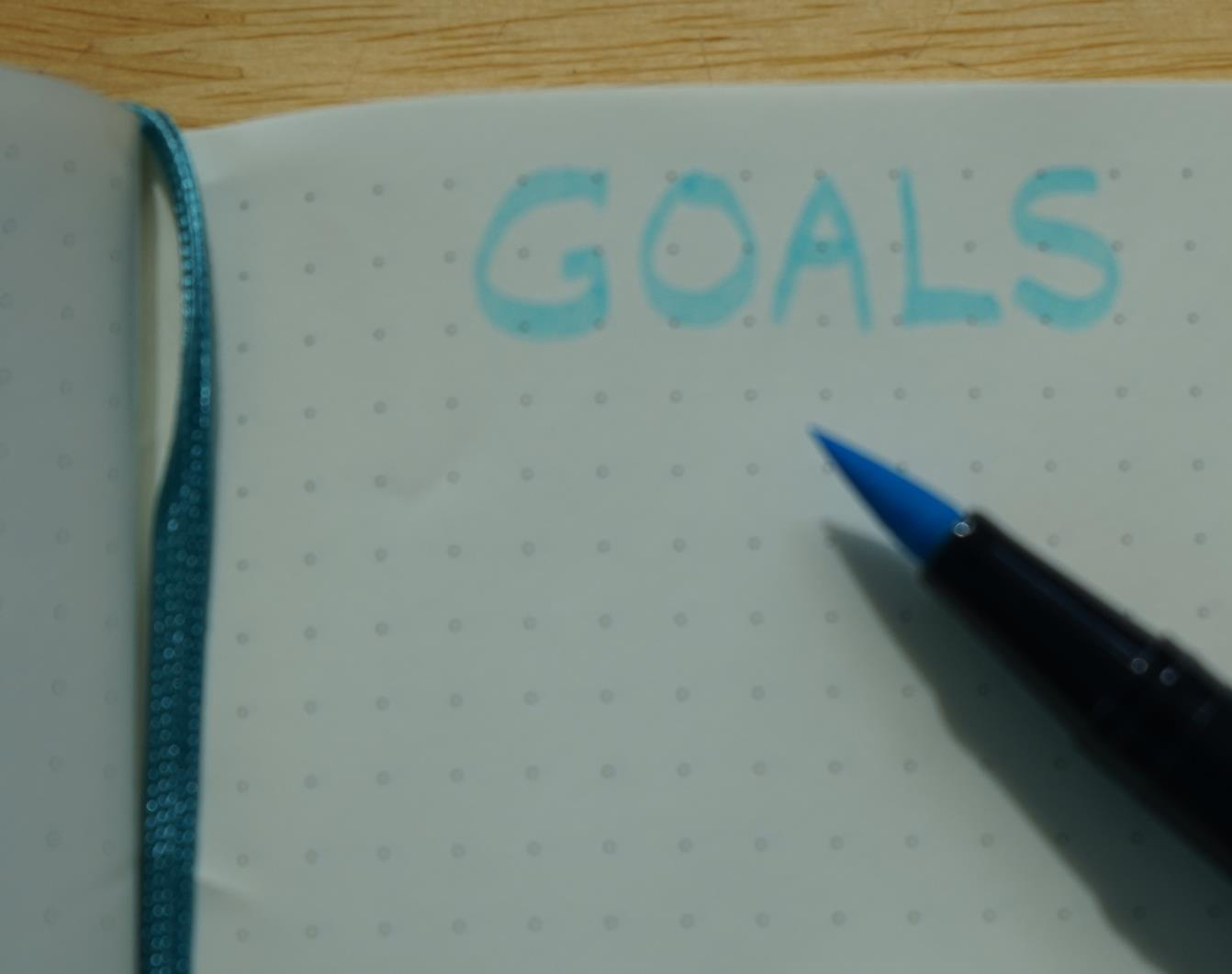 Principle 1: Set a goal and sub-goals
Principle 1: Set a goal and sub-goals
While some artists claim to go into the studio and wait for inspiration, this can mean a lot of time spent trying to force an idea and increasing our frustration. Setting a goal helps to focus your intent and also gives you a sense of accomplishment in the end that will incentivize you to return to the studio. Goals could be very specific, such as finishing one painting per day, or more general, like experimenting with a new technique or color of paint. Having a goal before you enter the studio sets the starting point for flow.
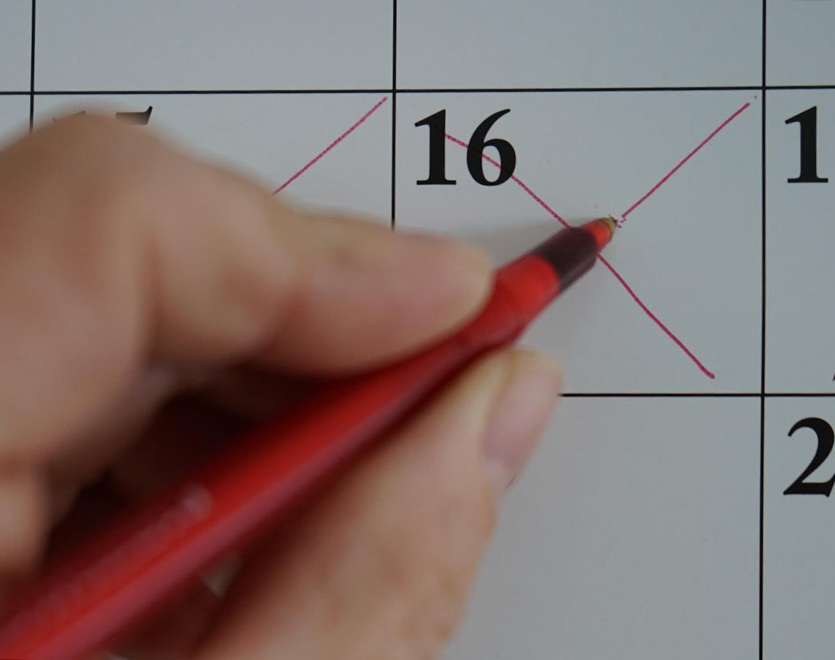 Principle 2: Measure the progress of your goals
Principle 2: Measure the progress of your goals
Keeping a journal of your goals and accomplishments is a great way to measure your success. Even a wall calendar with a few notes can provide a record of your progress. I once read that Jerry Seinfeld would write at least one joke per day, and he would mark the calendar for each day he accomplished the goal. After a few days he did not want to break the chain of success. Measuring your goals also allows you to reflect on how far you have come and provides motivation for the days when you are not feeling as successful.
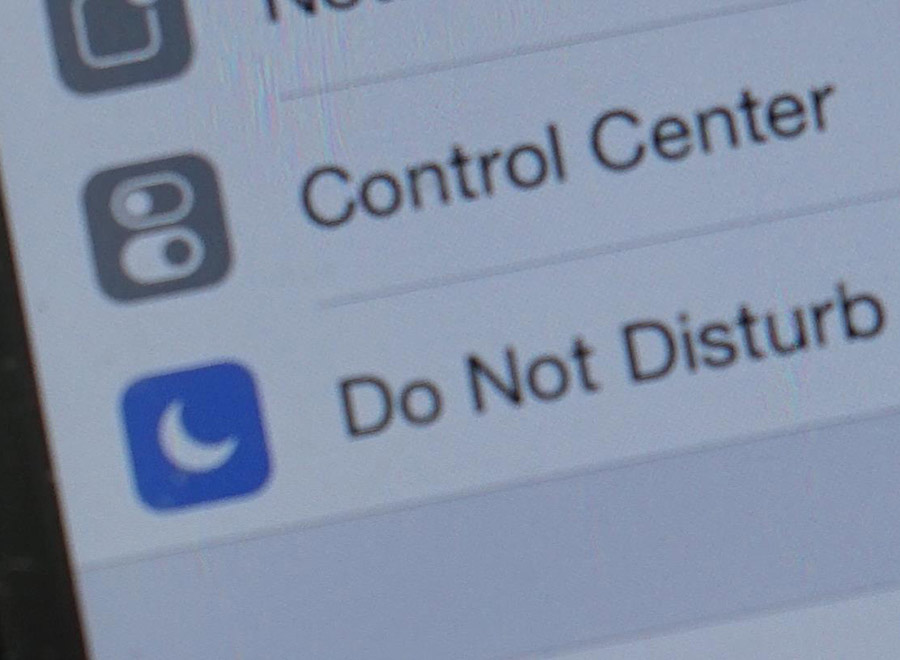 Principle 3: Concentrate
Principle 3: Concentrate
In today’s society, it is very easy to distract ourselves with non-stop entertainment opportunities and social media. We are constantly connected to our outside world through cell phones and other electronics. However, if we want to achieve the flow state, we need to focus our attention. Think about the attention needed to ski down a hill. Would you really stop to take a phone call in that moment? We need to protect our creative time and space in the same way.
 Principle 4: Develop skills
Principle 4: Develop skills
Flow occurs when one does not even need to think about how to do something. If you are lacking in the skills needed to accomplish your goals, it may be worth the extra effort and time to improve those skills. There are a lot of tutorials, both for free and for minimal cost online, that can help increase and refine your abilities. In-person workshops are also a great way to enhance skills and pick-up pointers from masters in your area.
 Principle 5: If you are bored, raise the stakes
Principle 5: If you are bored, raise the stakes
If creating your artwork becomes boring to you, it may be time to change your game. This could be switching to another art form temporarily, such as moving from painting to sculpture, or learning new skills. It may mean that you need to set more challenging goals for yourself. Or you could also try limiting yourself! With the overwhelming number of choices of colors, media, and surfaces in art products, simplifying your palette or subject matter forms boundaries that push you to be more creative in your work.
Applying these five principles will help you to more quickly achieve the flow state. It will make your limited time in the studio more productive and allow you to maximize the creative process. For more details on achieving the flow state, I encourage you to read Csikzentmihalyi’s book Flow: The Psychology of Optimal Experience (Harper Perennial Modern Classics).





